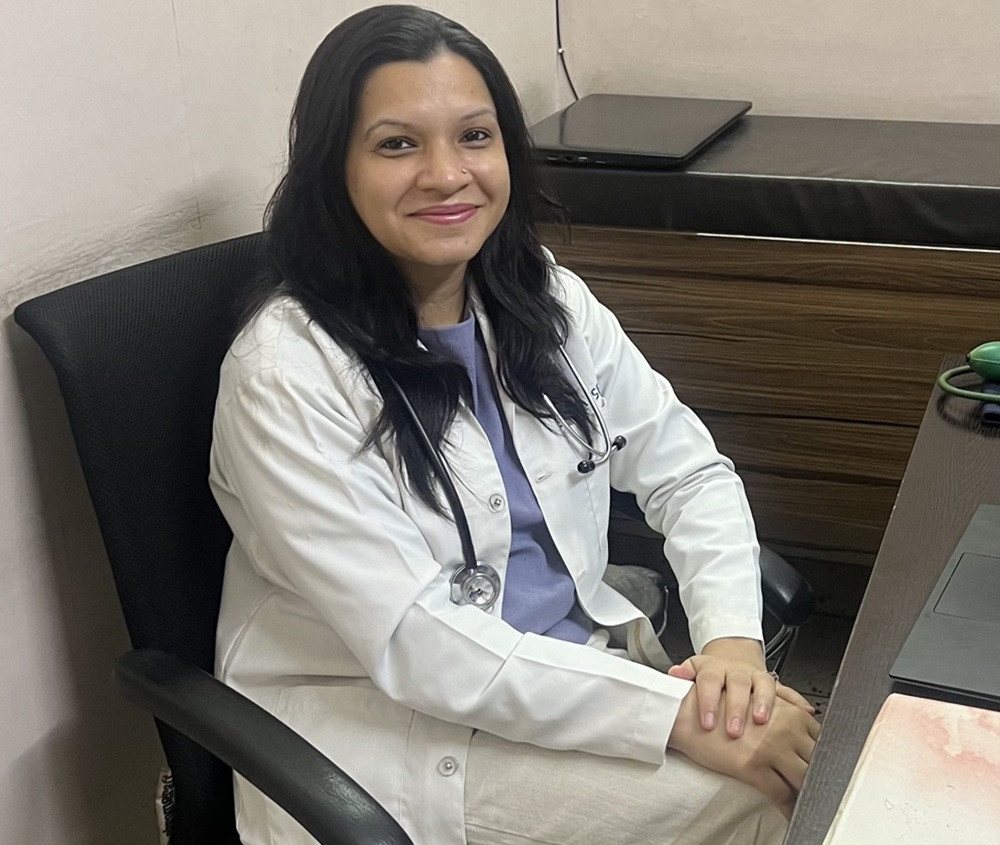How Doctors Can Overcome Negative Stem Cell Perceptions


There is a well-known principle in the political arena that suggests if you repeatedly say something for a long enough period of time, people will believe it – even if it’s not true. It is with that understanding that the regenerative medicine industry has a bad reputation in some corners of the media and medical profession.
Negative perceptions surrounding stem cell therapies is a good example. Thanks to a small number of highly publicized cases over the last few years, it would appear as though people are beginning to be suspicious of stem cell injections as a treatment for any kind of disease or injury. That is unfortunate because there are far more success stories than there are failures.
The question among doctors is how they can overcome those negative stem cell perceptions. How can they offer their patients potentially life-changing therapies if those patients are too scared to even ask about it? The answer lies in action rather than words.
Receive Adequate Training
The Advanced Regenerative Medicine Institute in Salt Lake City, Utah says the first step for doctors is to receive adequate training. Attempting to offer stem cell therapies without training is an invitation to criticism. No, training is not mandatory. But receiving training shows patients that a doctor is committed to doing things the right way.
Comply with the Law
As things currently stand, the law is very clear about what is allowed in the regenerative medicine arena. Doctors are only allowed to utilize minimally manipulated autologous material as a treatment protocol. The FDA has already authorized such use and has deemed it safe. For more information, see Title 21, Sec. 1271.10 of the CFR. Doctors can take a big step toward overcoming negative perceptions by committing not to perform procedures or use regenerative medicine products that fall outside the scope of the rules.
Track Results
Despite procedures falling under the purview of Title 21, Sec. 1271.10 being legal, there are plenty of questions as to their efficacy. Those questions are fair. Doctors can help their own causes by tracking results. That data can be shared with new patients looking for treatment options.
On a related note, it might be helpful if there were some sort of national database into which doctors could input their data. A million documented cases would go a long way toward answering the efficacy question.
Be Honest with Patients
Next, doctors can never hope to overcome negative perceptions if they are not honest with their patients. All doctor-patient relationships should be governed by honesty, openness, transparency, and frankness. Complete honesty is especially critical when talking about efficacy.
Wise doctors never make promises. Rather, they communicate why they believe a stem cell or PRP therapy is appropriate for a particular patient. They explain why they think the treatment will help, but always remind that there are no guarantees. Patients need to know that the treatments they select may not do any good.
Look at Alternatives
Finally, doctors should always be willing to look at alternatives. Sometimes joint replacement surgery is the best option, for example. Some sports injuries absolutely do require surgeries as well. By putting all of the options on the table, doctors are demonstrating that they are not simply selling a product or service. They are demonstrating interest in treating the patient through the best means possible.
History will eventually record Western medicine making huge strides in stem cell research and treatments. Until then, doctors are left to be the advocates. And the best way to advocate is to do whatever it takes to overcome negative perceptions.





